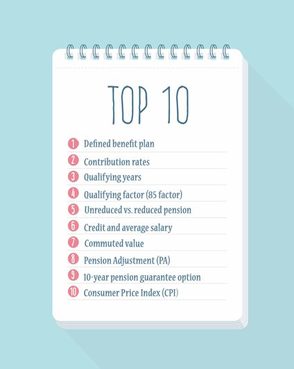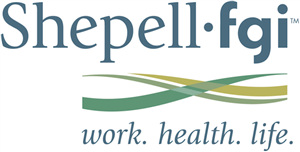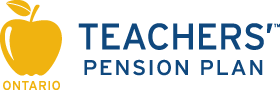|
As I write this, it's the morning of the last day of classes for 2014. I'm a bit tired and my head is full of all the things I need to do and how many more there are that I can't remember at the moment. I know I have worked pretty hard so far this year but I know that those of you out in our schools, whatever your role, are working even harder. I also know we need to accept help when it's offered. Our employer provides an employee assistance plan, EAP, 'Shepell', to help you deal with any of the struggles you're facing. Your Union also provides such a service, 'Posaction' and 'feeling better now'. So many people have used these services and say they have been so very helpful. They're there for you to use and best of all, they're FREE!!! Holidays can be almost as stressful as work. Try to take some time for yourself and TAKE CARE of yourself. Take advantage of these services and recharge so you are able to face a new year. Believe it or not, we are almost at the halfway point. It's ok to use a little help to get you there safely.
0 Comments
 Thanks to the website of the Ontario Teachers' Pension Plan for this very good set of definitions. I have copied and pasted it directly from there. http://www.otpp.com/members/pension-news-online/articles/article/-/article/723528 In honour of financial literacy month, we compiled a list of some of the top ten pension terms. Read on to see how many you know. 1. Defined benefit plan Teachers' is a defined benefit pension plan. Your pension is paid for life and determined by a formula, not by the return on investments. 2. Contribution rates All members contribute a percentage of their salary to the Teachers' pension plan. The plan sponsors jointly decide the contribution rate, which is paid by working members and matched by either the Ontario government or designated employers on behalf of all members. 3. Qualifying years Qualifying years are used to determine when you are eligible for a pension. They are a measure of the length of your teaching career. 4. Qualifying factor (85 factor) Your age plus your qualifying years equal your qualifying factor. Your factor is used to determine when you're eligible for an unreduced pension and to calculate your early retirement reduction. You can begin to receive an unreduced pension when your age plus qualifying years add up to 85. 5. Unreduced vs. reduced pension You qualify for an unreduced pension when you reach your 85 factor or age 65. If you retire before qualifying for an unreduced pension, you can receive a reduced pension provided you're at least 50 years old. An early retirement reduction will be applied. 6. Credit and average salary Credit is used to determine the value of your pension, and is based on your actual teaching time. Unlike qualifying years, which are a measure of the length of your career, credit is a measure of the exact amount of time you spent teaching. Your average salary is also used to determine the value of your pension. It is the average of your highest five school year salaries. 7. Commuted value The commuted value is the lump sum you would need today to replace your future pension. It depends on a number of factors, including your age, your earned pension benefit, your qualifying years of service, and bond yields. It can fluctuate considerably with changes in inflation rates, interest rates or the calculation basis. 8. Pension Adjustment (PA) The Canada Revenue Agency measures the value of the pension benefit you earn in a calendar year. PAs offset the amount of new RRSP room created each year. 9. 10-year pension guarantee option If you die before you've been on pension for 10 years, this option provides your CPP-reduced pension to your survivor or estate for the balance of 10 years. 10. Consumer Price Index (CPI) CPI is a measure of inflation produced by Statistics Canada. We use the CPI to calculate annual inflation adjustments to pensions and deferred pensions. The base inflation adjustment for 2015, which will take effect in January, is 1.7%. Want to know what the Ontario College of Teachers really does? Want to know where your money is going? Here's a quick synopsis of the OCT presented by the Ontario Teachers' Federation. Any comments can be left on this blog if desired. I will keep my comments to myself, or at least I'll try. |
Karen LittlewoodThe view from my desk, as Teacher Bargaining Unit President for D17 Simcoe Archives
October 2016
Categories |




 RSS Feed
RSS Feed